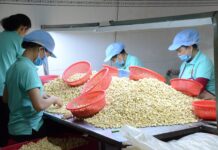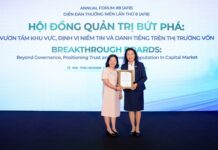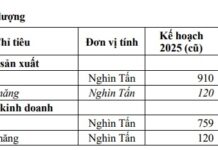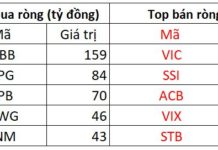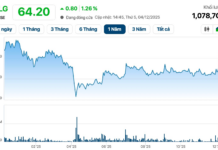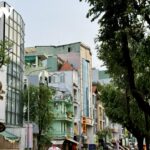The Gateway to ASEAN 2024 conference, themed “ASEAN – The Intersection of Global Economic Integration,” was held in Ho Chi Minh City on the morning of September 6, 2024, organized by UOB Bank.
WIDE-RANGING INVESTMENT POTENTIAL AND OPPORTUNITIES
Speaking at the conference, Mr. Phan Van Mai, Chairman of the People’s Committee of Ho Chi Minh City, once again affirmed: “A consistent direction of Vietnam and Ho Chi Minh City is to always pursue the trend of peace, friendship, and integration for mutual development with partners. Despite the many changes in the global and regional context, we still desire peace, friendship, and cooperation for mutual development with our partners.”
Ho Chi Minh City contributes 16% of the country’s GDP and 26% of the state budget. This is a significant contribution, stemming from the city’s economic internal strength.
The city’s leader also quoted the speech of UOB Vice Chairman, Mr. Wee Ee Cheong, who stated that Southeast Asia, including Vietnam, is the fastest-growing region in the global economy today. This region also continues to be a driving force for the world economy.
According to forecasts by organizations such as the World Bank and the IMF, the growth of Southeast Asia and Vietnam will continue to be high in 2024 and subsequent years. With geopolitical developments and trade competitions taking place, the global landscape presents several points of concern.
According to Mr. Mai, Ho Chi Minh City benefits from a superior mechanism and policy compared to the national institutional level. This is also a favorable condition to attract strategic investors in priority sectors such as building innovation centers, research and development centers, international financial centers, and investing in technology transfer research in fields such as information technology, biotechnology, automation technology, new materials technology, clean energy, integrated circuit design technology, manufacturing technology components, microcircuits, electronics, flexible electronics, chips, and new battery technology. These are the fields in which Ho Chi Minh City has superior mechanisms and policies compared to the national average for strategic investors.
In addition, Ho Chi Minh City has a specific mechanism in constructing belt roads and synchronous expressways, transport infrastructure connecting the Southeast region and the Mekong Delta region to expand economic space and create advantages in geographical location and strategic infrastructure in economics and logistics. Ho Chi Minh City has a diverse transport infrastructure system, facilitating the flow of goods to domestic and international regions.
Ho Chi Minh City has all four types of transportation: road, air, rail, and water. In terms of logistics, Vietnam, in general, and Ho Chi Minh City, in particular, are not only advantageously located on maritime and air routes but have also improved their infrastructure and cargo handling capacity. Logistics has played an important role in making Vietnam one of the top 20 countries in international trade.
Ho Chi Minh City is also expediting the completion of its internal logistics transport infrastructure and connections with the Southeast and Mekong Delta regions. The plan is to complete this project by 2030.
In terms of industrial infrastructure, Ho Chi Minh City has 17 export processing and industrial zones in operation. Currently, the city is proposing to transform these industrial zones towards high technology and integrated industrial services to form innovation centers and research and development centers. The city also plans to build new industrial parks to serve investors.
Regarding human resources, Ho Chi Minh City and the Southeast region have an abundant and relatively high-quality workforce, meeting the requirements of investors. Currently, more than 50% of Vietnam’s population is of working age. By 2030, Vietnam’s population is expected to reach 105 million, including 58 million workers.
Especially, Ho Chi Minh City is home to nearly 5 million skilled workers, and the surrounding areas, such as the Southeast region and part of the Mekong Delta, have a very abundant workforce in terms of quantity and quality compared to other regions.
In terms of supply chain readiness, the city has nearly 400,000 businesses, accounting for about 32% of the country’s total, operating in all fields and industries, closely linked to businesses from all localities and with international associations and participating in ASEAN supply chains.
Regarding the critical factor of the market, Ho Chi Minh City has a population of over 10 million with relatively high incomes and good spending habits. Ho Chi Minh City is located in the Southeast region and is closely linked to the Mekong Delta, with a combined population of nearly 40 million. This is a significant and promising market.
Moreover, Vietnam has participated in 19 bilateral and multilateral FTAs with most of the world’s economies. Of these, 16 FTAs are in effect, covering more than 60 partners across continents, with a combined GDP accounting for nearly 90% of global GDP and a population of over 4.8 billion.
“This is a vast market for us to strategize our business, so today, we discuss the topic of Vietnam – Gateway to ASEAN. This is a key market and the first point of entry,” said Phan Van Mai.
TURNING CHALLENGES INTO OPPORTUNITIES
Currently, 125 countries and territories are investing in Ho Chi Minh City, with over 13,000 projects and a total investment of nearly USD 90 billion. Singapore is the largest investor, with nearly 2,000 projects.
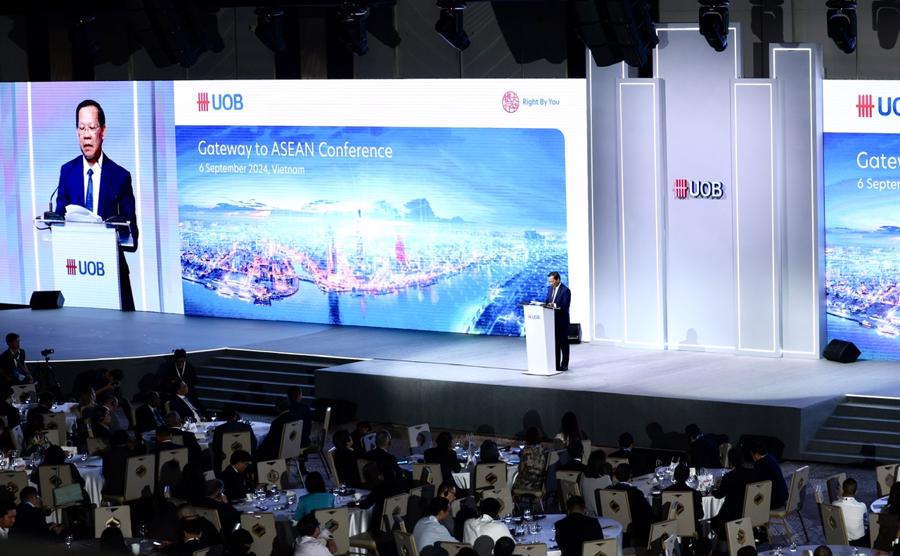
“Through this conference, Ho Chi Minh City, in particular, and the Southeast region, in general, will welcome more investors to the city and the region. Ho Chi Minh City is very hospitable, a livable place where investors can exchange trust, invest, and succeed. We are ready to welcome, accompany, and cooperate with you to create value and harmonize interests. Your success is the success of the city government and its people,” affirmed Mr. Mai.
However, the city’s leader also pointed out some challenges that need to be addressed. These include the restructuring of the supply chain, which has shifted from China to India and Southeast Asian countries; changes in consumer behavior and habits through e-commerce, green tourism associated with safe and friendly destinations, and the development of healthcare services; and the trend towards sustainable development, with the digital economy, circular economy, and green economy becoming prevalent models in many countries. These are both opportunities and challenges for developing economies.
In addition, the pace of urbanization and the development of smart cities is accelerating. The formation of financial centers and innovation hubs among major cities is increasing rapidly. Scientific and technological innovations have profoundly impacted countries, including Vietnam and Ho Chi Minh City. These are both opportunities and challenges.
Facing the current trends, Ho Chi Minh City has a tradition of dynamism, creativity, and breakthrough thinking. The city always strives to keep up with global and regional trends while affirming its position as a major center of economics, culture, society, education, and science and technology and will continue to be the economic driver of the Southern region.
Ho Chi Minh City contributes 16% of the country’s GDP and 26% of the national budget. This is a significant contribution, stemming from the city’s economic internal strength. More broadly, this Southeast region makes a large and important contribution to the country’s GDP and budget.
The Ever-Increasing Real Estate Credit Debt in Ho Chi Minh City
As of September 5th, representatives of the State Bank’s Ho Chi Minh City branch reported a continuous surge in real estate credit debt, with each month witnessing a higher growth rate than the last.
Captivating Capital: Chairman Phan Van Mai on Ho Chi Minh City’s FDI Appeal
Ho Chi Minh City is a cultural melting pot, a vibrant metropolis brimming with diverse religions, languages, and culinary delights. The city’s welcoming and open-minded nature fosters an environment conducive to investment and success. It is a place where investors can forge trusting relationships and thrive. Ho Chi Minh City extends a warm invitation to investors, offering a collaborative platform to create shared value and harmonious growth.

